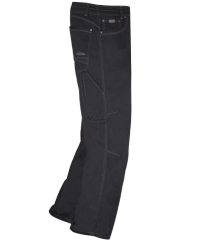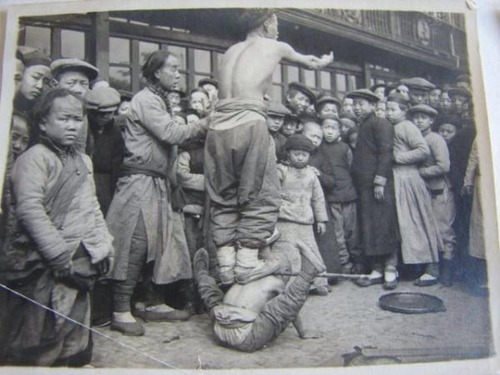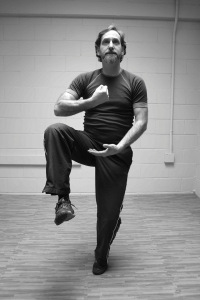My executive assistant tells me that this sort of blog post I've just written below is very obtuse. She says it is unreasonable to assume that my readers are going to try to connect all these seemingly disparate ideas. Normally the writer does that work. But perhaps readers will be inspired if I say that this type of obtuse post is a new type of puzzle, like one you might find in a daily newspaper, whereby readers have to stop and think about how it is possible that all these things are connected.
_________________
I've written a number of blog posts, and sketched out a few others in the last week, but could someone please explain to me how people finish things when the weather is so nice?
The weather in Boulder, Colorado, keeps trying to suck me away from my work. Fortunately I have my early morning practice/teaching otherwise my guilt level about not getting work done would be off the charts. I am considering becoming a night person and sleeping through the day. I don't want to become a victim of good fortune.
Speaking of being a victim, I found some pants that I really like. I can't even find the exact name (sorry) but they are made by Kuhl and are made out of stretchy material. They are strong and comfortable and you can kick over your head and do the splits in them if you can do those things! 
I also wanted to comment on shoes. I'm hard on shoes they tend to get torn up form all sides if I'm doing a full range of training in them. The barefoot shoe movement has been fantastic. I have for years and years been pulling all the junk out of my shoes and trying to find the flattest, toughest, lightest shoes I can. I was very happy with Saucony-Hattori. They are the lightest and most comfortable shoes ever. 
But I have also been wearing Merrell's, they aren't quite as comfortable, and they don't fit my feet quite as well as the Sauconys, but they are tougher. They really hold up to a beating. So I have to give it to the Merrell's trail runners. They are a better shoe, if I consider the big three; tough, flat, and light.
The sad part of this story is huge numbers of people have been getting horrid cases of plantar fasciitis. This actually has nothing at all to do with shoes, and everything to do with bad habits and overly enthusiastic marketing. I went into REI about a year ago and the shoe guy was trying to sell me 'barefoot' shoes and was explaining how I need to run on my toes or something. It was obvious he didn't know what he was talking about. It is simply a failure of personal responsibility all around. This is how the fashion goes.
Improvements in society, be they artifice, culture or freedom, can get taken away because people won't take personal responsibility. Usually it is a bit complex, like it is in this case, it is partly the fault of individuals, part marketing, part distributors, partly just problems seeing how changes in artifice, culture or freedom will change behavior.
It looks like the barefoot movement is on the way out because people are getting sued. I'm considering buying a ten year supply because I've been waiting for these shoes for 30 years, and there is a chance they will disappear.
 Nia Sanchez, Miss USA!If you missed the controversy about Miss USA Nia Sanchez, you can catch up here. Can I use the word retarded on my blog without offending people? There is actually a movement falsely calling itself feminist that is trying to promote less responsibly for women. It will fail, but it has the support of a lot of government agencies at the moment and a lot of universities too. It can do a lot of damage before it goes down in flames. Let me be clear, if you want personal agency, personal responsibility is non-negotiable. If taking a set of actions has consequences that would be different if you took a different set of actions, you are responsible for that. I mean, you can't have an anvil fall on your head unless you walk under it. Someone might be trying to kill you, that doesn't make you somehow not responsible.
Nia Sanchez, Miss USA!If you missed the controversy about Miss USA Nia Sanchez, you can catch up here. Can I use the word retarded on my blog without offending people? There is actually a movement falsely calling itself feminist that is trying to promote less responsibly for women. It will fail, but it has the support of a lot of government agencies at the moment and a lot of universities too. It can do a lot of damage before it goes down in flames. Let me be clear, if you want personal agency, personal responsibility is non-negotiable. If taking a set of actions has consequences that would be different if you took a different set of actions, you are responsible for that. I mean, you can't have an anvil fall on your head unless you walk under it. Someone might be trying to kill you, that doesn't make you somehow not responsible.
That is the basic philosophy of self-defense. You are the agent of your own freedom. This is a new idea and I am grateful to Miss USA for helping to spread it.







